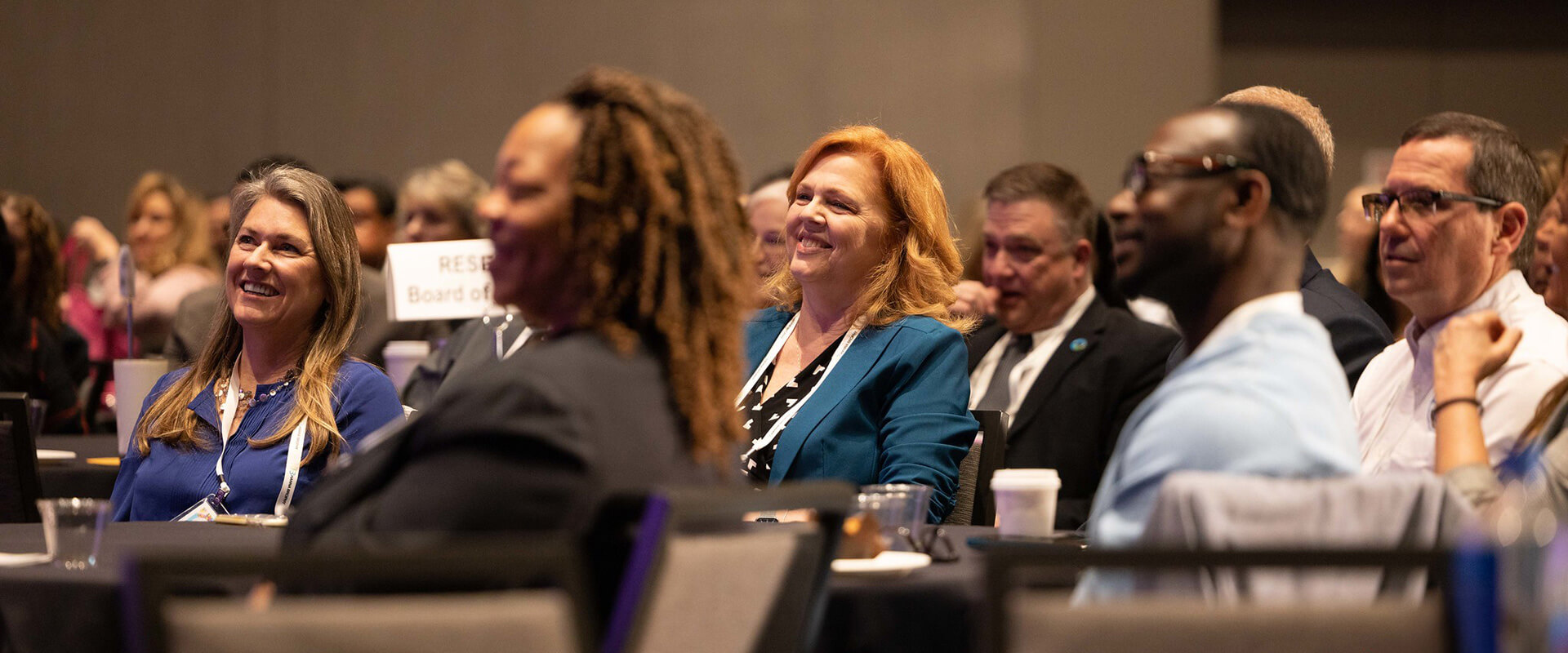Amtrak Rail Cars in Fatal Washington Crash Had Safety Waiver
The passenger rail cars on an Amtrak train that derailed near Seattle, Wash. last December, killing three people, were allowed by federal regulators to stay in service even though they didn’t meet current crash-protection standards, federal investigators said Tuesday.
The Talgo Inc. cars had to be specially modified to make them sturdier in a collision, but they still didn’t meet crash standards adopted in 1999 by the U.S. Federal Railroad Administration, according to newly released documents from the National Transportation Safety Board.










